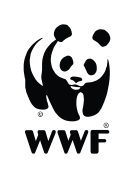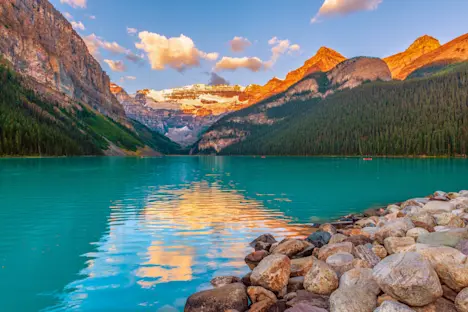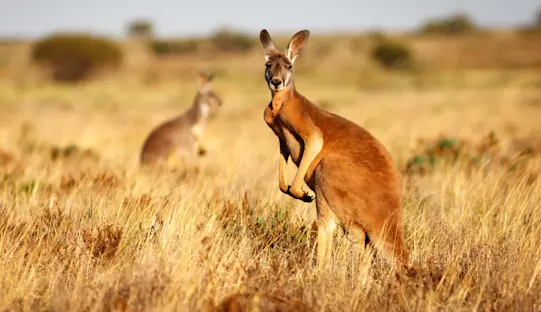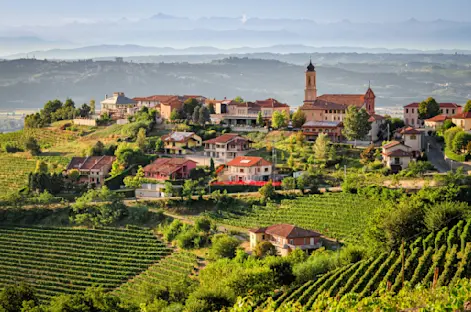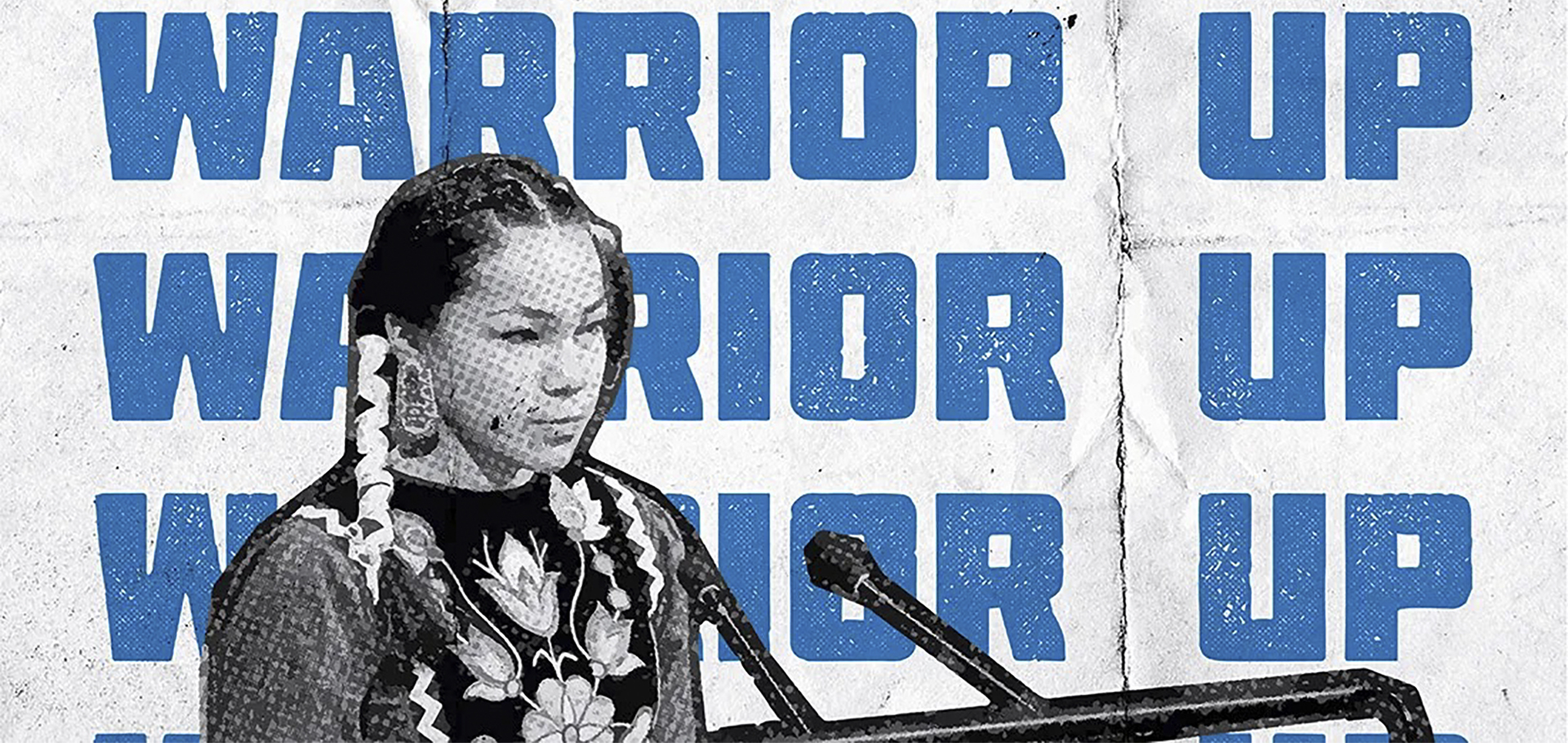Indigenous activists have always been front and center in protecting the Earth and its resources, and we can all learn from their deep spiritual, cultural and economic connections with the land. But despite the considerable impact climate change has on Indigenous cultures, they’re often marginalized and discriminated against when it comes to their rights and territories.
Here are five Indigenous climate activists who are fighting back in big ways. If their names aren’t already in your lexicon, it’s only a matter of time.
Autumn Peltier
Autumn Peltier has been a force to be reckoned with since childhood. The Anishinaabe activist from Wiikwemkoong Unceded Territory in Ontario, Canada, has been advocating for the preservation of drinking water for Indigenous communities for a decade. When she was only eight years old, Peltier noticed signs of toxicity while attending a water ceremony in Ontario’s Serpent River First Nation, an experience that helped propel her role as an advocate for clean drinking water in Indigenous communities worldwide. Along with campaigning for the universal right to clean drinking water, she’s been working to ensure communities have access to it ever since.

“It’s time to ‘warrior up’, stop polluting the planet and give water the same rights and protections as human beings.” That’s the message Autumn Peltier delivered personally to the United Nations General Assembly. This was created in her honor by © David Bernie, a Chicago-based Indigenous artist of the Ihanktonwan Dakota Oyate (“People of the End Village”).
In 2016, Peltier presented a copper water pot to Canadian Prime Minister Justin Trudeau at a meeting of the Assembly of First Nations, confronting him on both his water protection policies and his support for pipelines. This incident led to the creation of the Niabi Odacidae fund for clean water.
Along with youth advocacy, another key element of Peltier’s work is environmental activism, addressing the unjust exposure of Canada’s Indigenous communities to environmental hazards, including contaminated water. Today, she’s the chief water commissioner for the Anishinabek Nation, a role that she took on after the passing of her great-aunt, Josephine Mandamin, whose own activist work was one of Peltier’s main inspirations.

“Fridays 4 Future” protest inside COP25. © John Englart
Peltier has received numerous nominations for the International Children’s Peace Prize, including one in 2022, and has received numerous other accolades, ranging from the 2017 Ontario Newspaper Association’s Ontario Junior Citizens Award to being included in the BBC’s 100 Women list for 2019.
The Water Walker is a 2019 short documentary that highlights Peltier’s journey as she prepares to speak at the United Nations General Assembly about water protection.
You can follow her on Instagram at @autumn.peltier.
Dallas Goldtooth

Indigenous community members and supporters gathered outside Minneapolis City Hall to protest the Dakota Access Pipeline © Fibonacci Blue
Dallas Goldtooth is a man of many hats. Not only does the climate activist oversee Keep It In The Ground, a campaign involving over 400 organizations from more than 60 countries, all of which call on world leaders to end new fossil fuel development, but he’s also a comedian. Goldtooth is co-founder of the Indigenous sketch comedy group, The 1491s, which highlights contemporary Native American life in the U.S. and is an actor and writer in FX’s series Reservation Dogs, a show about the exploits of four Indigenous teens.
For his work with Keep It In The Ground, Goodtooth—who’s of Mdewakanton Dakota & Dińe heritage—was featured as a part of 2017’s Grist 50, an annual list of climate leaders focused on solutions to some of the world’s biggest environmental issues. He gathered a large group of Indigenous people, farmers, green organizers and groups that helped convince President Obama to reject the controversial Keystone XL Pipeline. He is now fighting against the construction of the Dakota Access Pipeline, a 1,172-mile-long underground system that crosses sacred sites and potentially contaminates local water supplies.
Keep it in the Ground is one of several campaigns run by the Indigenous Environmental Network (IEN), an organization of Indigenous, grassroots environmental activists. Goldtooth’s father, Tom B.K. Goldtooth, is IEN’s founder and executive director.
Learn more about Goldtooth on Instagram at @dallasgoldtooth.
Mina Susana Setra
Mina Susana Setra is an Indigenous Dayak Pompakng from the Indonesian section of Borneo, where forests have long been a source of food, medicine and supplies for her people. However, the lands where Setra grew up were turned into palm oil plantations in 1976, completely altering the cultural and environmental landscape. Rather than sit tight, Setra decided to take action by working with an organization dedicated to implementing policies that support and strengthen the rights of Indonesia’s Indigenous peoples.

Endangered orangutan mother and baby in the forests of Borneo, Indonesia
Since its founding in 1999, Mina Susana Setra has been an activist for the Indigenous Peoples’ Alliance of Nusantara (AMAN), an Indonesian organization that advocates for the human rights of Indigenous peoples. Today, AMAN comprises nearly 2,300 Indigenous communities and approximately 15 million people. AMAN also collaborates with NGOs and civil society networks supporting Indigenous peoples.
Setra has protested the exclusion of Indigenous people from governmental negotiations on forest and climate initiatives and worked on the global program Reducing Emissions from Deforestation and Forest Degradation (REDD+), a framework for guiding activities to reduce emissions in forests, along with the sustainable management of forests in developing countries.
In 2012, Setra played a pivotal role in a review of the Forestry Law before the Constitutional Court, which ultimately led to the invalidation of the Indonesian government’s claim to customary forest areas. She’s also president of the board of If Not Us Then Who, Inc., a global awareness campaign that utilizes tools such as photography, filmmaking, content curation and local artworks to showcase the role Indigenous and local peoples play in planet protection.

Indigenous woman celebrating her Bornean heritage
If this isn’t enough, Setra is also a founder of Indonesia’s Ruai TV, which focuses on citizen journalism to give marginalized communities in West Kalimantan a voice.
She’s on Instagram at @minasetra.
Amelia Telford
When Amelia Telford graduated from high school in 2012, the young Aboriginal and South Sea Islander woman from Bundjalung country (in Australia’s New South Wales) decided to take a bit of time away from her studies and focus on climate change—inspired by coastal erosion in her hometown—instead.
The following year, she took on the role of Indigenous coordinator for the Australian Youth Climate Coalition, Australia’s largest youth-run organization, which aims to build a movement of young people leading solutions to climate change. While there, Telford developed a program that supports Aboriginal and Torres Strait Islander young people in taking on leadership roles in climate action and in implementing sustainability projects in their local communities.

“Climate Guardian Angels” outside the U.S. consulate in Melbourne, Australia. © John Englart
After that, Telford became the national director of SEED, Australia’s first Indigenous youth climate network. First launched in 2014, the rapidly expanding organization of Aboriginal and Torres Strait Islander youths has grown into a national network of Indigenous youth focused on creating positive change and protecting their land and people from the impacts of climate change and fossil fuel extraction. Along with 13 other environmental groups, SEED was responsible for getting the country’s four largest banks to eliminate funding for a Queensland coal mine.

“Two turtles against climate change” Australian rally for Climate Action. © John Englart
In 2014, Telford was named the National Aborigines and Islanders Day Observance Committee’s (NAIDOC) Youth of the Year, followed by both Young Environmentalist of the Year for Australia’s Bob Brown Foundation and Australian Geographic’s Young Conservationist of the Year in 2015. Today, she is the director of Common Threads, a First Nations-led organization that harnesses the power of First Nations leadership, advocacy, and change-making to achieve transformative change.
Levi Sucre Romero
A farmer and Indigenous leader from Costa Rica, Levi Sucre Romero is a coordinator for the Mesoamerican Alliance of Peoples and Forests (MAPF). This organization helps ensure and protect the land rights of Indigenous and forest communities. He’s also an organizer and manager for the technical side of the RIBCA, a MAPF project representing eight Indigenous Costa Rican territories and their people.

Romero, who comes from the Bribri Talamanca Indigenous community in eastern Costa Rica, has worked in rural development and community organization for over two decades. The Indigenous leader is a strong advocate in the fight against forest degradation, which contributes to the planet’s imbalance. This, he says, accelerates climate change and limits the production of certain foods, increasing the risk of health emergencies such as COVID-19 due to the mismanagement of natural resources.
According to Romero, one possible solution is for governments to create more space for Indigenous knowledge regarding natural resource management policies. He believes traditional know-how can go a long way toward protecting biodiversity and, in turn, the world.

Indigenous territories are increasingly under siege. A recent study in the U.S. Proceedings of the National Academy of Sciences of the situation in the Amazon concluded, “The trend toward weakening of environmental protections, Indigenous land rights, and the rule of law … poses an existential threat to [Indigenous peoples and local communities] and their territories. Reversing this trend is critical for the future of climate-buffering Amazon forests and the success of the Paris Agreement.”
“We know that 25% of the medicines [the world] uses come out of the forests and that by losing the forests, we put in danger future solutions,” said Sucre Romero. Variety and diversification are the alternatives, and the forests hold the keys.
Says Sucre Romero, “I believe that Costa Rica is a reflection of what is happening regionally: The governments have not been able to understand that the communities—that is, the people, the Indigenous people, those of us who live with the forest—are a key factor in the protection of those resources and a key factor of human survival. Politicians just do not understand.”

Costa Rica three-toed sloth and baby © Ben Hulsey
Want to learn more? Experience Indigenous cultures across North America on Nat Hab’s immersive nature journeys.
